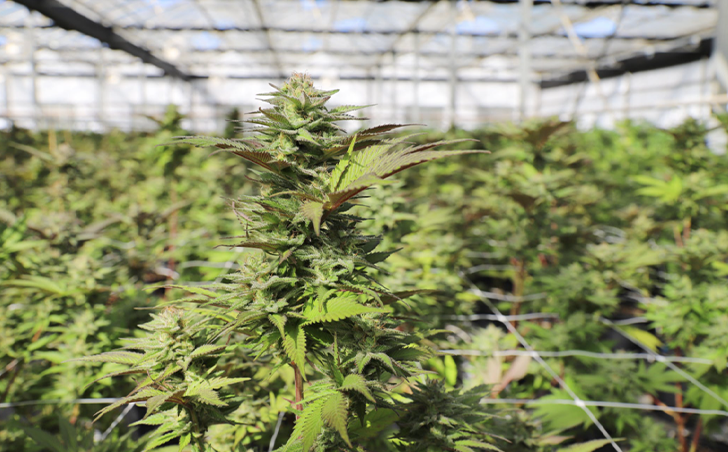Characteristics and Potential for Use in Food Production Cannabunoids

Scientific demonstrations of the beneficial effects of non-psychoactive cannabinoids on the human body have increased the interest in foods containing hemp components.
This review systematizes the latest discoveries relating to the characteristics of cannabinoids from Cannabis sativa L. var. sativa, it also presents a characterization of the mentioned plant. In this review, we present data on the opportunities and limitations of cannabinoids in food production.
This article systematizes the data on the legal aspects, mainly the limits of Δ9-THC in food, the most popular analytical techniques (LC-MS and GC-MS) applied to assay cannabinoids in finished products, and the available data on the stability of cannabinoids during heating, storage, and access to light and oxygen. This may constitute a major challenge to their common use in food processing, as well as the potential formation of undesirable degradation products.
Hemp-containing foods have great potential to become commercially popular among functional foods, provided that our understanding of cannabinoid stability in different food matrices and cannabinoid interactions with particular food ingredients are expanded. There remains a need for more data on the effects of technological processes and storage on cannabinoid degradation.
Conclusion
Cannabis sativa L. is gaining popularity for its biological properties, which are primarily associated with both psychoactive and non-psychoactive cannabinoids. Hemp seeds and their oils are also recognized for their high nutritional and health-promoting properties. Current knowledge on Cannabis sativa L. var. sativa is very broad and allows for its accurate characterization. The constantly increasing interest in hemp and its compounds has led to human health safety concerns associated with the use of dietary supplements, dried hemp, and foods containing cannabinoids. Over the past decade, many studies on the properties of cannabinoids have opened up new
possibilities for using them, other than Δ9-THC and CBD, in addressing multiple human health problems. Although our knowledge of the effects of the main cannabinoids (CBD, Δ9-THC, and CBG) on the human body is very broad, there is still insufficient information about the bioactivity of the lower concentrations of cannabinoids that are formed through the transformations of the main cannabinoids.
Expanding this knowledge will allow for a wider use of this broad group of compounds in food production, potentially for functional foods. Based on the available knowledge, it is not possible to choose a clear-cut technique for quantifying cannabinoids in all matrices. Depending on the product, it is necessary to adjust the methods to the matrix in which the compounds of interest are present.
There are numerous discrepancies in the quantifications of cannabinoids in inflorescences and hemp oils, likely caused by environmental conditions and the plant developmental stage. Similar correlations have been observed in studies on food. Depending on the Cannabis sativa L. var. sativa plant part, hemp oil, or extract, there are significant differences in final concentrations of cannabinoids in finished food products.
Our current knowledge on cannabinoid stability during heating or storage under different conditions is not sufficient to determine the level of degradation of these compounds. There is a lack of information on the effects of food matrix ingredients and the effects of technological processes (e.g., fermentation) on cannabinoid stability. It is necessary to develop optimal methods for the processing of foods containing such compounds.
Defining any strategies for handling finished products (storage time and conditions) will enable the preservation of their bioactive ingredients and thus the preservation of the benefits of this type of food. Nowadays, the most significant unknown is the cannabinoid degradation products present in food; therefore, cannabinoid degradation pathways need to be studied to ensure food safety and maintain the trust of consumers.
Expanding our currently inadequate knowledge on hemp will allow for the safe use of cannabinoids in food production, including functional food, which is currently attracting much interest among consumers.
Written and Published J.M Borst, T.W. Constantini, L. Reilly, A.M Smith, R. Stabley, J.Steele, D. Wintz, V.Bansal, W.l. Biffl, L.N. Godat in Weed World Magazine issue 156
Image: Pexels












Validate your login